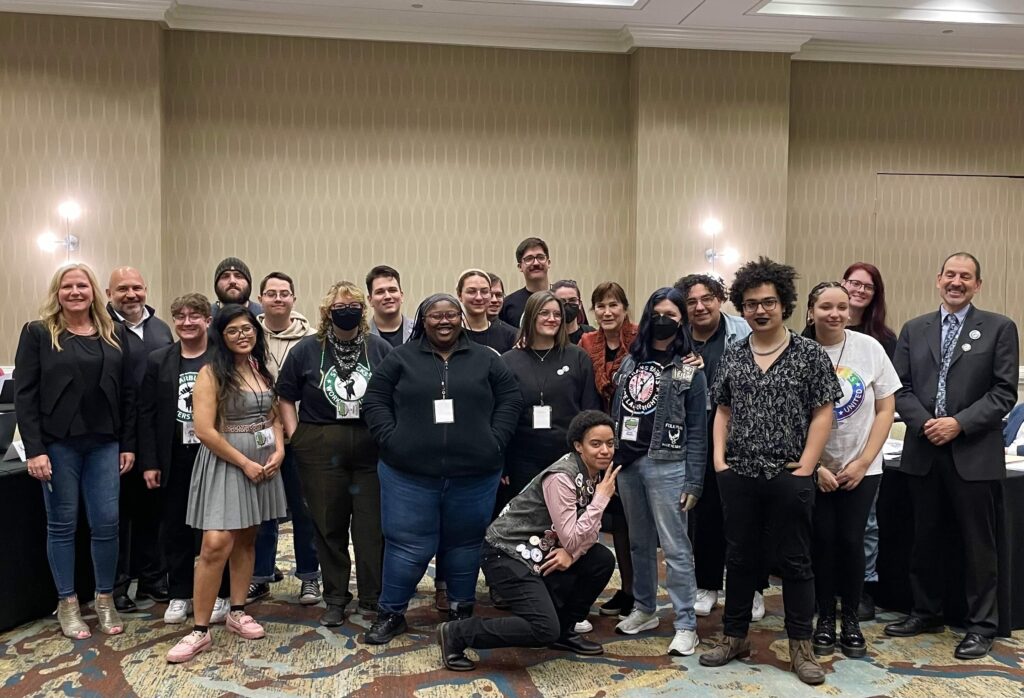
What You Need to Know About
Collective Bargaining
After voting to unionize, Starbucks will negotiate with the unions certified to represent partners through a process called “collective bargaining”.
As we work toward building a bridge to a better future for all partners, we continue to be committed to bargaining in a way that honors and respects the dignity, individuality and privacy of our partners. Each store’s contract will be negotiated separately and ratified accordingly.
For those partners who have chosen to freely associate and bargain collectively, fulfilling our commitment means working earnestly to progress negotiations towards ratified contracts that address the unique needs of each union-represented store.
Use the lookup tool below to view store-specific bargaining updates.
Store Bargaining Status
Search by city or store number to find the latest on collective bargaining progress. Information is updated weekly – learn more about the lookup feature.
News and Updates


Starbucks and Workers United Resume Bargaining
Starbucks and Workers United remain committed to building a positive, productive relationship. This week, we conducted contract bargaining over a two-day session in Atlanta, Georgia.

Joint Statement from Starbucks and Workers United on The U.S. Supreme Court Ruling
Read more about our efforts to create a fair and consistent standard for evaluating NLRB injunction requests across all U.S. federal courts.

Progress on our path forward
Read more about progress on the path forward and the timeline to implement each of the May 2022 benefits for the 188 stores where there was organizing activity on or before May 3, 2022.